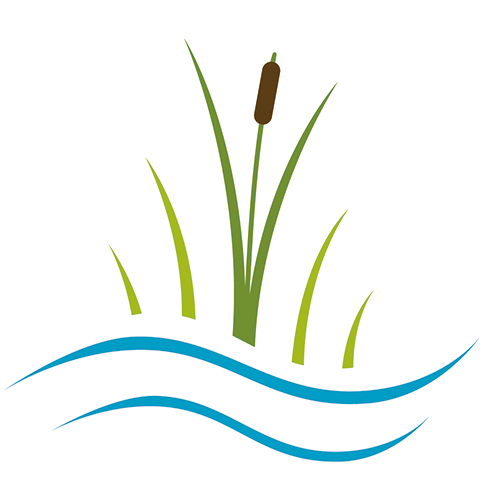Project areas
Netzen Polder Area

CURRENT INFORMATION ON THE PEATLAND AREAS
Please click on the peatland area you would like to learn more about.
CONTACT PARTNER

Dipl.Biol. Christina Grätz
E-mail: Christina.graetz@nagolare.de
Telephone: 035607 745964
AREA DESCRIPTION
In the course of the last millennia, deep peatland sites (siltation marsh) developed at the periphery of Rietzer See (Lake Rietz), with shallow marshland to the south of it. The low-lying peatland north of Netzen and Grebs has been drained for agricultural use and peat extraction for more than 200 years. Between 1866 and 1872, the Emster Canal was built to enable the transport of bricks produced in the brickworks of the Lehnin area. In 1960, major melioration work was started in the study area (SOHNS & DÜRR 1993). The pumping station was built. The water bodies of Streng, Moorsee and Rietzer See (Lake Rietz) were enclosed by dykes. When the dykes were filled, the “Ostpolder Netzen” (Eastern polder network) was created, which is still connected to the pumping station today via a culvert under the Emster Canal. In 1991, the main channel leading to the Emster canal in the eastern polder was dammed, creating a lake of about 100 ha (Streng). A special feature of the area are the inland salt marshes.
A special feature of the Netzen project area is the presence of the ventral and the narrow slug (Vertigo angustior and Vertigo moulinsiana), which are listed in Annex II of the Habitats Directive. There are also small areas of inland salt marshes with unique vegetation in the northern part of the area.

WHAT IS CURRENTLY HAPPENING?
Hydrological measurements at six groundwater monitoring sites and one surface water monitoring site
Mapping of the avifauna
Consultations with users
TASKS
Establishment of utilisation chains
Specific business analysis with regard to the need for adaptation for individual agricultural enterprises
Information event for owners
LATEST NEWS AND LINKS
This section contains the presentations and the event note of the early information event for owners in the project area Polder Netzen of 05.08.2022.
- Presentation Dr. Lukas Landgraf
- Presentation Christina Grätz
- Presentation Dr. Kristina Brust / Dr. Volkmar Rowinsky
- Event notification Polder Netzen
COMPLETION STATUS
Please refer to the table for the completion status of the task using this Link.
Completion of project modules 1. and 2. is planned for 2022 and 2023. The project modules listed below are to follow:
- Validation of the development scenarios
- Approval procedure
- Project implementation
